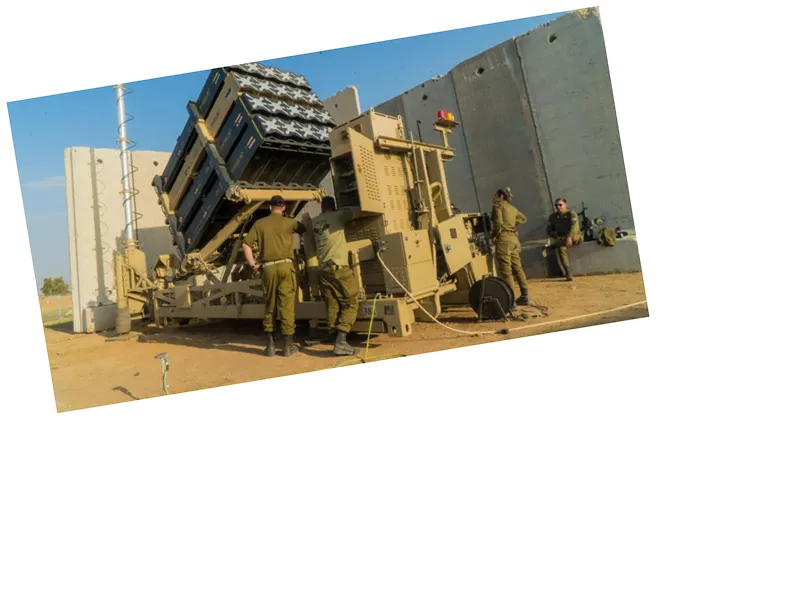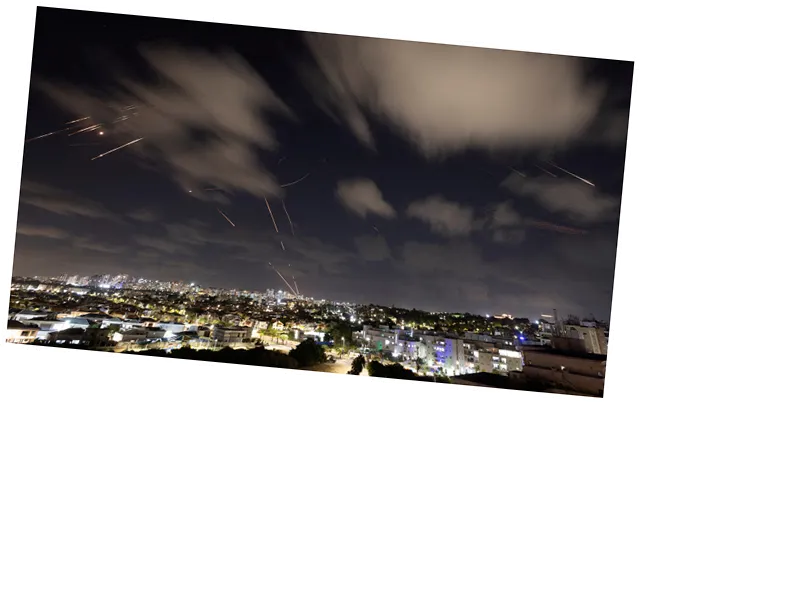Israeli Defense Systems Tested by Iranian Missile Strikes
On October 1, 2024, Iran launched a significant missile strike against Israel, targeting key military sites including the Nevatim Air Base in the Negev Desert. Initial reports from the Israeli army and U.S. officials suggested that Israel's defense systems, notably the Iron Dome and Arrow systems, successfully intercepted the majority of the 180 missiles launched. However, a report from The Guardian, authored by Andrew Roth, indicates that these claims may be misleading.
Analysts have raised concerns that the Israeli missile defenses are not as invulnerable as portrayed. Satellite imagery and social media evidence revealed at least 32 direct hits on the Nevatim Air Base, with secondary explosions indicating that the Iranian strikes were more effective than Israel's initial assessments suggested. Although no serious damage was reported, the proximity of the missiles to critical military assets, including F-35 jets, raises alarms about the potential for future attacks on more populated or vulnerable targets.
The implications of this attack extend beyond immediate military concerns; they pose significant economic challenges for Israel. A prolonged exchange of missile strikes would not only strain Israel's defense budget but could also lead to increased vulnerability over time. Analysts warn that if Iran opts for more populated targets, the potential for civilian casualties and environmental disasters could escalate dramatically.
In light of these developments, experts suggest that Israel may need to reassess its military strategy, potentially targeting Iran's ballistic missile production capabilities to mitigate future threats. As tensions between the two nations continue to rise, the effectiveness of Israel's defense systems and the economic ramifications of ongoing conflict remain critical areas for scrutiny.





